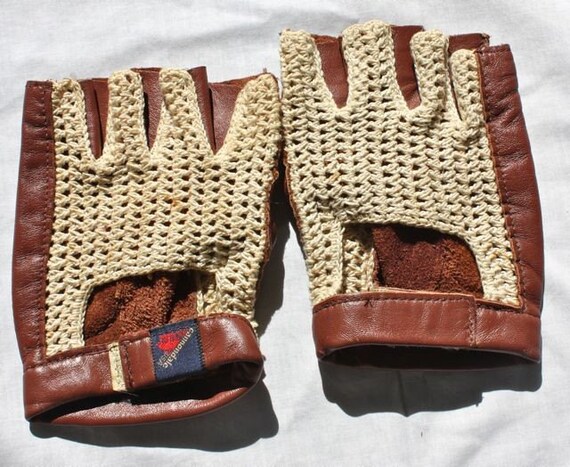Yesterday I talked about something people younger than "a certain age" probably wouldn't have known: Cannondale's pre-bikemaking history (1971-1982).
Now I'm going to mention something else us oldsters (some of whom ride roadsters) will remember: a time when Japanese goods were considered inferior to everything else on the market. Bike parts, particularly derailleurs, from the Land of the Rising Sun were starting to gain respectability right around the time the 1970s North American Bike Boom was exploding; the bikes would soon follow.
I'm giving you this capsule history because I recently acquired a new-old-stock part from that period. Although there's nothing exceptional about it, it's interesting and, I believe, good.
I knew I'd had one of an "endangered species" when I saw the packaging: It looked as if no one had touched it in forty years. More to the point, it bore signs of an earlier time:
In the days before Shimano came out with its Crane derailleurs and the Dura-Ace gruppo of which it would become a part, nearly all of its parts bore the "wings" "lifting" the "333" logo. After Dura-Ace and Titlist (the forerunner of 600 and Ultegra) came to market, only Shimano's internally-geared three-speed hubs bore that emblem. On that basis alone, one could date this hub from 1973 or earlier.
I have tried to show the logo engraved in the hub body and what appears to be a date code:
The letters are "R" and "U". In every explanation of Shimano's code I've seen, the first letter is the month and the second letter is the year. The month code goes from "A" to "L", with "A" being January and "L" being December. The year code starts with "A" in 1976, goes through "Z" (2001) and begins again with "A" in 2002.
One site suggests that Shimano was using this sequence before 1976 or, at least, that "Y" could be 1974 and "Z", 1975. If that is the case, the "U" on my hub might mean that it was made in 1970. But what about the "R"? Could there have been another code in use for the month?
Or might those letters mean something else--or nothing at all?
Whatever the case, it's pretty reasonable, I believe, to assume this hub was made before 1973, perhaps even during the late 1960s. Here's another piece of evidence--which you may have noticed in another photo--that, I believe, supports my hypothesis.
I
Now I'm going to mention something else us oldsters (some of whom ride roadsters) will remember: a time when Japanese goods were considered inferior to everything else on the market. Bike parts, particularly derailleurs, from the Land of the Rising Sun were starting to gain respectability right around the time the 1970s North American Bike Boom was exploding; the bikes would soon follow.
I'm giving you this capsule history because I recently acquired a new-old-stock part from that period. Although there's nothing exceptional about it, it's interesting and, I believe, good.
I knew I'd had one of an "endangered species" when I saw the packaging: It looked as if no one had touched it in forty years. More to the point, it bore signs of an earlier time:
In the days before Shimano came out with its Crane derailleurs and the Dura-Ace gruppo of which it would become a part, nearly all of its parts bore the "wings" "lifting" the "333" logo. After Dura-Ace and Titlist (the forerunner of 600 and Ultegra) came to market, only Shimano's internally-geared three-speed hubs bore that emblem. On that basis alone, one could date this hub from 1973 or earlier.
I have tried to show the logo engraved in the hub body and what appears to be a date code:
The letters are "R" and "U". In every explanation of Shimano's code I've seen, the first letter is the month and the second letter is the year. The month code goes from "A" to "L", with "A" being January and "L" being December. The year code starts with "A" in 1976, goes through "Z" (2001) and begins again with "A" in 2002.
One site suggests that Shimano was using this sequence before 1976 or, at least, that "Y" could be 1974 and "Z", 1975. If that is the case, the "U" on my hub might mean that it was made in 1970. But what about the "R"? Could there have been another code in use for the month?
Or might those letters mean something else--or nothing at all?
Whatever the case, it's pretty reasonable, I believe, to assume this hub was made before 1973, perhaps even during the late 1960s. Here's another piece of evidence--which you may have noticed in another photo--that, I believe, supports my hypothesis.
I








